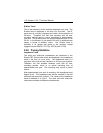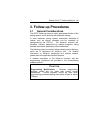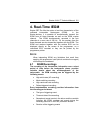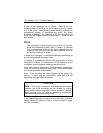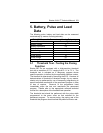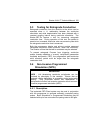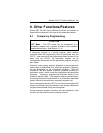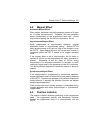
Stratos LV/LV-T Technical Manual 125
5.3 Testing for Retrograde Conduction
Retrograde conduction from the ventricle to the atrium can be
assumed when a 1:1 relationship between the ventricular
stimulation and atrial depolarization has been obtained with a
constant coupling interval during ventricular stimulation. The
Stratos CRT-Ps feature a test for measuring retrograde
conduction time. During operation of this test, the patient is
paced at an increased ventricular rate over several cycles while
the retrograde conduction time is measured.
Both the programmer display and printout provide measured
retrograde conduction times (minimum, mean and maximum).
The duration of time that the test is conducted may be selected.
To prevent retrograde P-waves from triggering ventricular
pulses, thereby mediating a “re-entry” tachycardia (pacemaker
mediated tachycardia, PMT), the programmed post-ventricular
atrial refractory period must be longer than the retrograde
conduction time.
5.4 Non-Invasive Programmed
Stimulation (NIPS)
W
ARNING
NIPS - Life threatening ventricular arrhythmias can be
induced by stimulation in the ventricle. Ensure that an
external cardiac defibrillator is accessible during tachycardia
testing. Only physicians trained and experienced in
tachycardia induction and reversion protocols should use non-
invasive programmed stimulation (NIPS).
5.4.1 Description
The implanted CRT-P/lead system may be used in conjunction
with the programmer to generate externally controlled pacing
pulses. Burst Stimulation or Programmed Stimulation may be
selected with up to four extra stimuli at pacing rates to 800 ppm.




